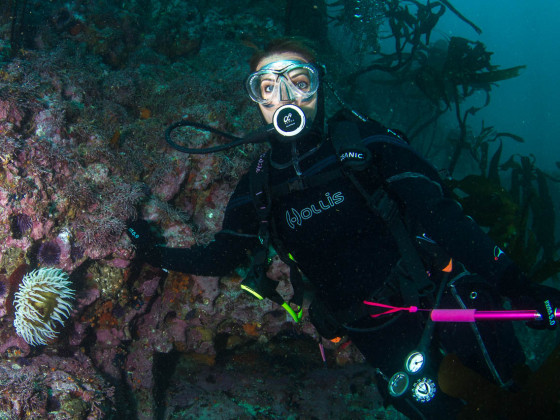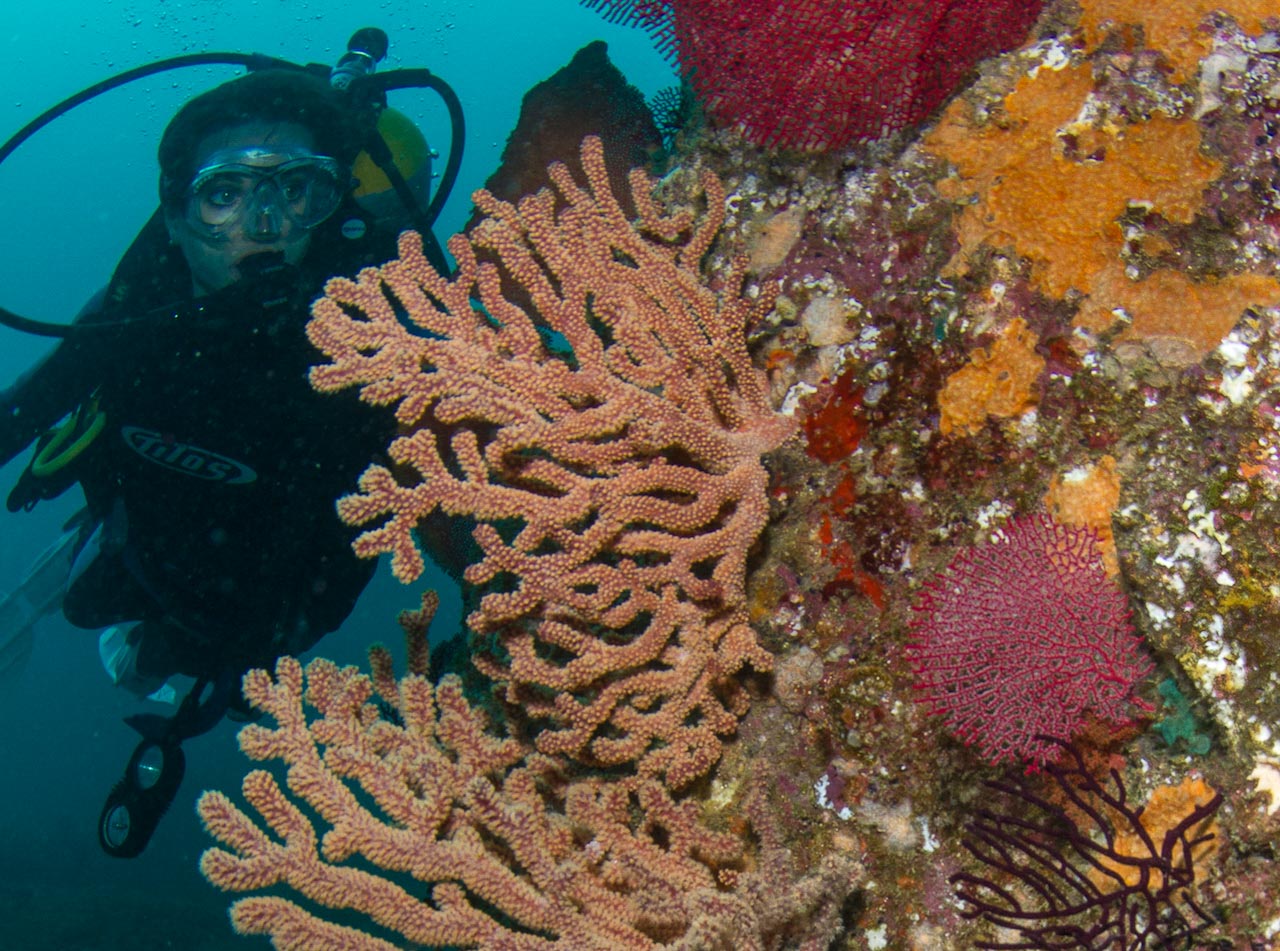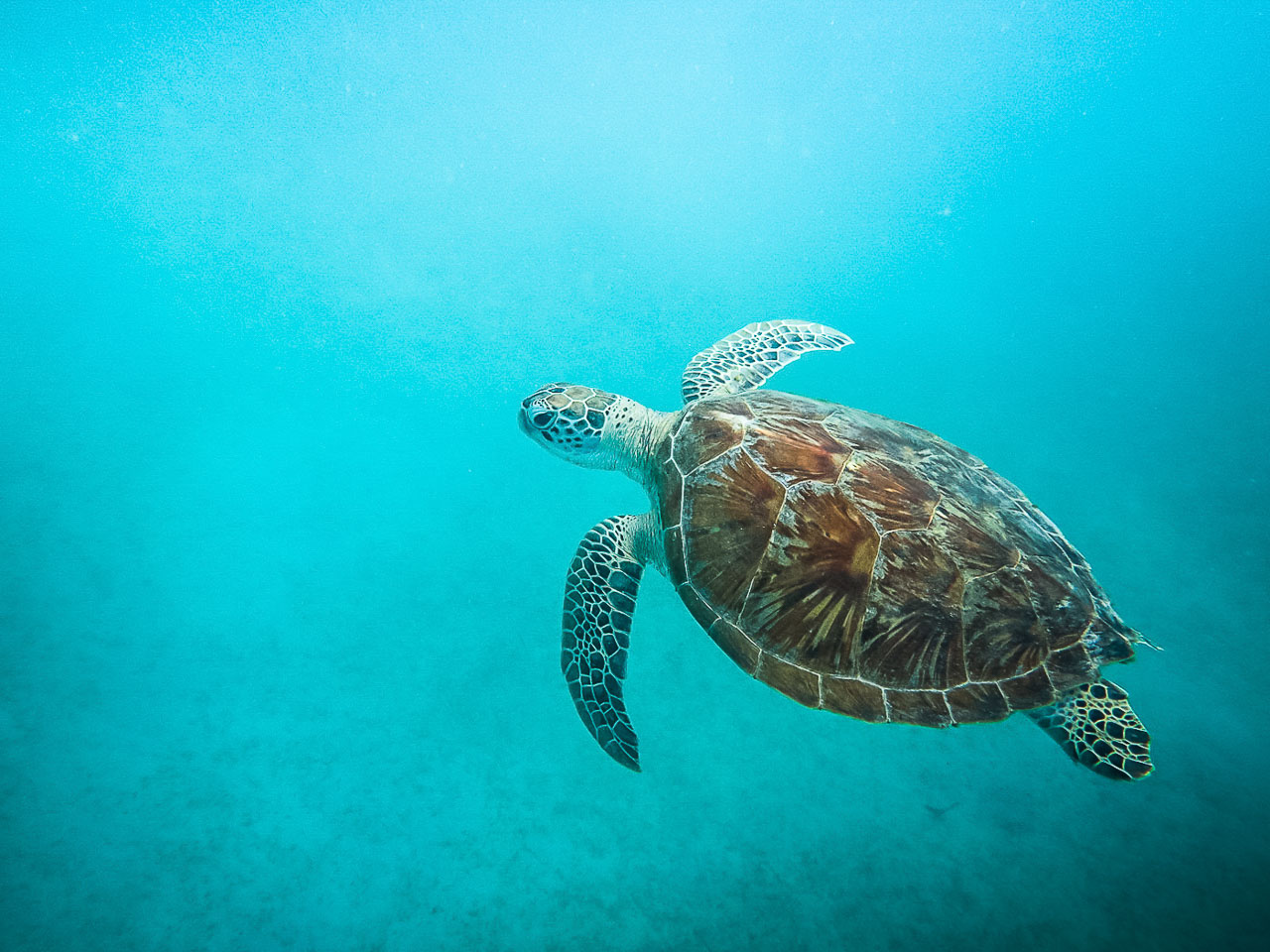AS A NATURALIST AND ADVENTURER I’ve become an avid SCUBA diver over the past 10 years. Of all the underwater biomes to explore, it’s hard to surpass gliding over the multitude of organic structures that make up a coral reef. However, due to destructive fishing practices, careless tourism, pollution and rising sea temperatures, these reefs that have been present on our planet for tens of thousands of years are being destroyed. In my short diving career, I’ve seen vast tracks of the coral reef in the Red Sea become barren.
I’m working hard to raise awareness about the importance of conserving our coral reefs by ensuring snorkelers, divers, and swimmers are aware of how to enjoy these sub-aquatic gardens without harming them. This is why we need to save them.





